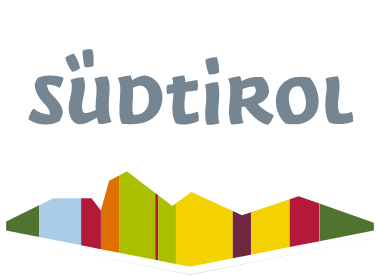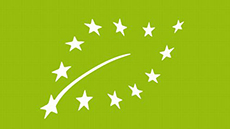Culture and Tradition in Alta Pusteria
Artists and mountaineers
have always been attracted by the natural and cultural landscape in Alta Pusteria. No wonder they loved this place. Alta Pusteria offers numerous interesting buildings and artistic monuments: prehistoric cultural sites and works of art dating back to Romanesque, Gothic and late Baroque or the Belle Époque. Amongst those, the Collegiate Church in San Candido is one of the most important Roman buildings in the German speaking area. And famous artists like Gustav Mahler, Clemens Holzmeister, Veit Königer, and Rudolf Stolz have left their marks. Come and see for yourself – you will be amazed!
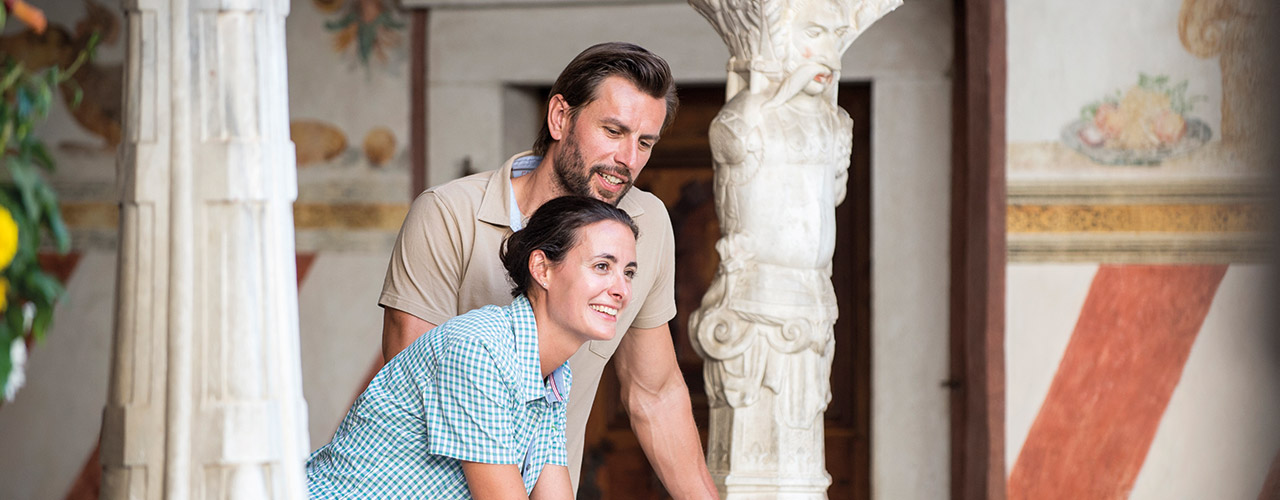
Culturonda® Dolomythos
The cultural guide Culturonda® Dolomythos presents Twelve routes to discover culture and the way of life in the Dolomites, now a UNESCO world natural heritage property.
Culture in Alta Pusteria
is a synonym for ancient customs and handed down traditions. Just as the landscape preserves its authentic appearance, our ancestors’ culture is also preserved.
Most customs are of religious origin. Since the belief in God was very strong in the Alps, many customs were preserved for a long time, and some are still alive.
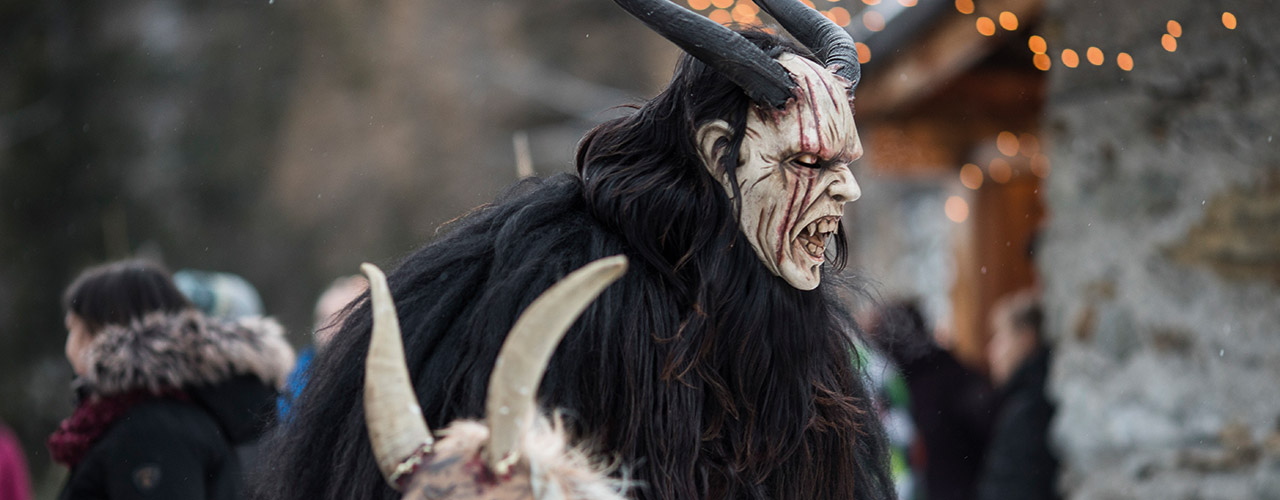
Saint Nicholas and the “Krampus“ procession
The origins of the “Krampus” procession lie way back in history and originated with the pagans. Dressed up as wild figures, the people wanted to chase the scary winter ghosts away with ringing bells and loud screams.
Some time later, the figure of Saint Nicolas was added. He brings goods and gifts to children and especially children can’t wait for his appearance. The “Krampus” processions take place in the villages of Alta Pusteria every year on the 5th/6th of December in order to preserve this ancient tradition.
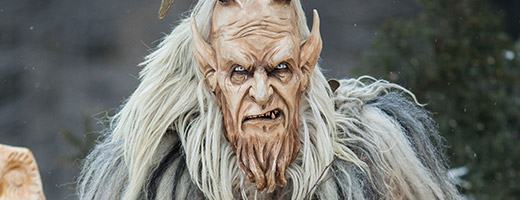
Religious processions
In spring and summer processions are organised within the framework of certain religious celebrations in Alta Pusteria. Usually almost the entire population of the village takes part. The processions are colourful spectacles with flags, traditional costumes, wooden statues of Saints, participation of the village music band and choirs. The procession leads through the village and stops at several stations, where the people pray and sing.
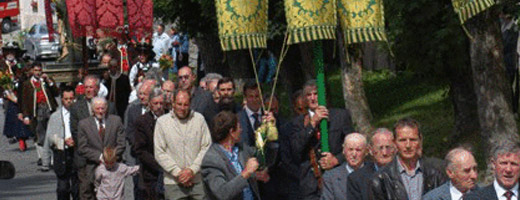
Cattle drive
Every year around the middle of September the cattle, which spend the summer on alpine pastures, are driven back into the village and to the farm.
The cows, which produced most milk during the summer, are decorated with beautiful wreaths and flowers. This is a symbol to thank the animals and to thank God, who protected the animals from thunder storms and accidents during the summer.
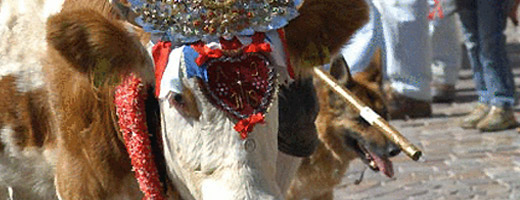
Egg fights – Easter
Especially at Easter after the long weeks of Lent, the egg played an important role in the lives of the locals. Eggs served as food, as a symbol of life, purity, fertility, and as a natural means of paying for debts, and often as a small, artistically decorated, and lovely gift. The egg fights have a long tradition and still take place in Alta Pusteria during the Easter festivities – especially in Villabassa.
People try to break their opponent’s egg with boiled and coloured eggs – first tip to tip, and then the round sides of the eggs are hit against each other. The winner, namely whose egg didn’t break; can take the broken eggs home.
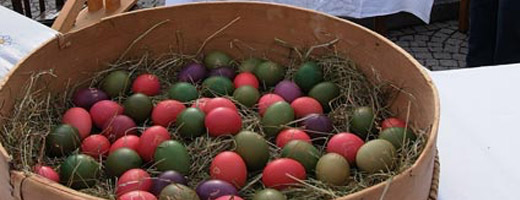
Sacred Heart of Jesus Mountain Fires
In june, on the night before Sacred Heart of Jesus Sunday open fires are lit on the mountains and pastures. The fires have their origin in the times of the renowned freedom fighter Andreas Hofer.
Together with fellow freedom fighters he lit the fires in order to warn other villages about the approach of the enemy. Andreas Hofer and his fellow fighters made a vow on the Sacred Heart of Jesus – to whom the Land of Tyrol is devoted – that they would defend God and their homeland against the French who invaded the country.
Therefore, many fires have the shape of a heart, others have religious symbols like a cross.
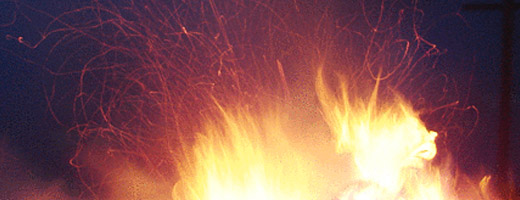
Thanksgiving and „Kirchtagsmichl“
The end of autumn and a successful harvest is celebrated in October with the Thanksgiving celebrations. The population thanks God for the successful harvest with a mass and a Thanksgiving procession.
Afterwards, the village population meets at the village square for celebrations. On the day before, a long tree decorated with bands is put up. On the tip of the tree the “Michl” – a life-sized doll – is attached.
This “Michl” is a pre-Christian symbol for fertility, and is taken down by fearless young boys at the end of the celebrations. Afterwards, a festival with music, dances and chestnuts takes place.
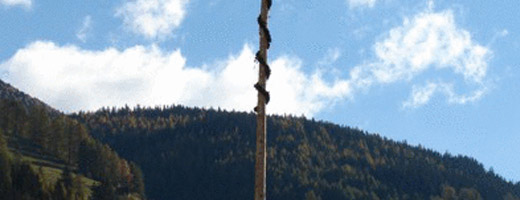
Just ask us quickly and easily via our contact form and we will contact you as soon as possible!

